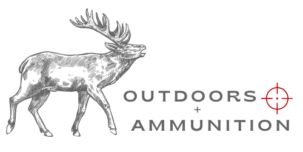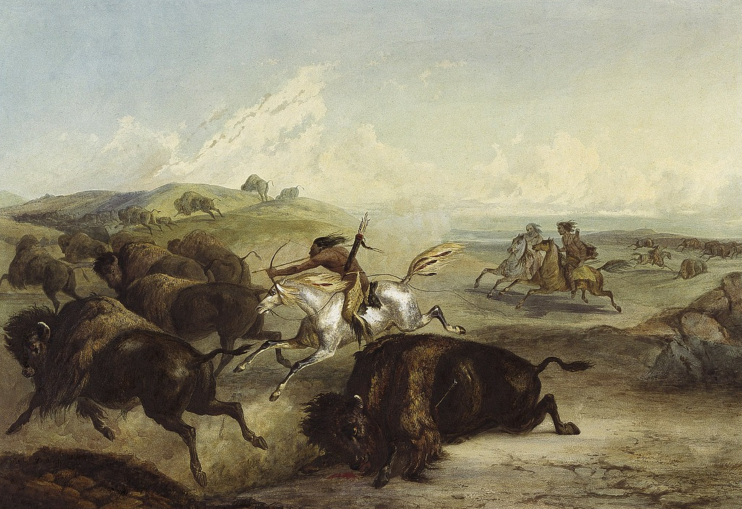Hunting with a recurve bow is a uniquely challenging and rewarding experience. It requires concentration, strength, endurance, and most importantly – patience. The patience to know when to strike and when to wait.
The experience itself is raw and methodical, involving slow stalks through your hunting grounds and the gratifying anticipation before landing a killing blow.
It can be a far more involved experience than sitting in your tree stand, though plenty hunters do still utilize stands when using a traditional bow hunting method.
However, it also requires a good deal of knowledge about your prey and the terrain in which you are hunting. This is because unlike compound bow and rifle hunting, errors in judgement are punished much more harshly.
Draw Weights Are More Punishing
Unlike a compound bow, a traditional bow does not lock. You must maintain the draw weight for the length of your shot, and this can make it challenging to hold for the right shot. This often means selecting a more comfortable draw weight if you don’t have the strength, and you will sacrifice speed and penetration to do so.
However, choosing a draw weight which can deliver a killing blow is vital to success. While lighter weight bows are easier to shoot, performance will suffer if your shot is not totally on-target.
A bow under 40-pounds hitting bone or dense muscle may not deliver a blow which takes the deer down.
You’ll also need to stalk much closer to your prey in order to land a blow which results in you winning your trophy. This, of course, is part of the excitement of recurve bow hunting, and it’s that thrill that causes hunters to pursue it.
A 45 to 60-pound draw weight bow will be suitable to take large game, like deer within 20 yards. However, you should also be aware that some states do have minimum draw weight requirements to be aware of and you’ll need to look up your individual state and the animal you plan to hunt to be sure you’re legal.
Shot Placement Is Critical To Success
While you may feel that you have enough raw power to hunt big game using your recurve bow, it’s also very important to have your shot placement down and to know exactly how your arrow will fly in different situations.
Recurve bow hunting is not as forgiving as other types of hunting, and it takes a carefully placed shot to secure a kill – especially on larger animals, where a bad shot can be deflected by bone.
In fact, a successful hunt with a recurve bow starts not in the field, but at the range. If you’re serious about becoming a recurve bow hunter, then you should strive to land your arrows consistently within a 6-inch circle.
Whatever range you can manage this is the effective range within which you should fire your recurve bow. Firing outside of your range will only lead to failure and suffering animals which take off into the woods never to be seen again – a trophy lost.
The average distance for a successful shot is 15 to 17 yards and this is where your shot should live.
However, positioning of the shot is also important. An arrow shot from a traditional bow won’t blow a hole through bone. So, knowing when and where to aim is vital.
As a recurve bow hunter, your target should always be the heart or lung areas, as these will deliver you the greatest chance of dispatching a deer quickly and humanely. Studying anatomical diagrams online can be helpful here.
However, front and back facing shots are to be avoided at all costs, as these will often end up just injuring the deer but not mortally wounding it. Instead, wait for a broadside shot, where the deer’s leg is in the forward position – offering you clear access to the chest cavity.
Not waiting for this key moment often results in striking the shoulder blade, limiting the arrow’s penetration and making the odds of a clean kill questionable at best.
In short, hunting with a more traditional style of bow is no small undertaking. It takes practice, strength, and determination to succeed – but for those who welcome the challenge, it makes a successful hunt that much more satisfying.

